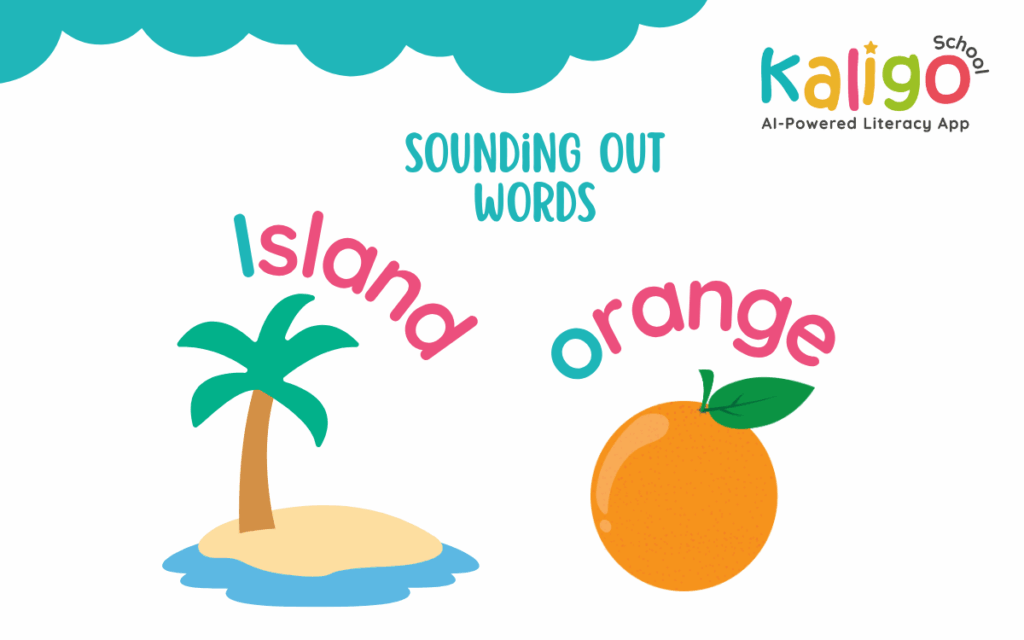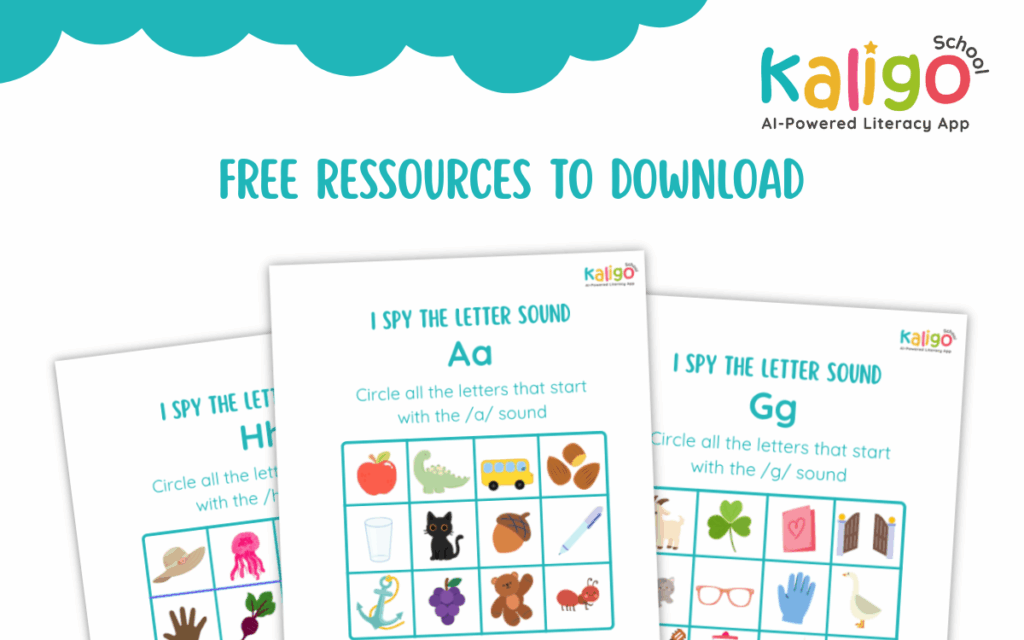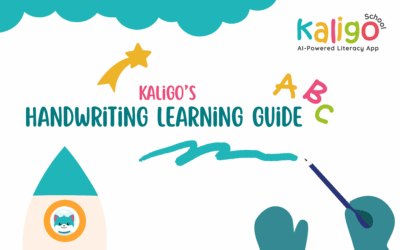Learning to read starts long before children pick up their first book. It begins with understanding the sounds that letters make, the letter sounds. Each letter’s written form (the grapheme) and its sound (the phoneme) work together as basic building blocks for literacy. When children confidently link letters to their sounds, they lay the foundation they need to decode words, read fluently, and express themselves in writing.
In this article, we’ll explore why mastering letter sounds is essential in early literacy development and how playful practice can turn learning into an exciting adventure. To support you, we’ve created fun letter-sound scavenger hunts that help children recognise and practise sounds in an engaging way. You’ll find a free downloadable resource at the end of this article.
Recognising letter sounds to build phonemic awareness
To develop reading skills, children need strong phonemic awareness. They learn that words are made of letters (graphemes) and that each letter produces a sound (a phoneme). They begin by recognising individual sounds such as /a/ or /i/. From there, they explore how graphemes and phonemes work together in combinations like /oy/ or /ch/. Knowing letter sounds helps children recognise, blend, and manipulate these sounds.
Learning letter sounds to sound out words
When children learn letter sounds, they understand that sounds form words. Letter-sound knowledge supports word decoding. Children can sound out unfamiliar words instead of relying on memorisation. This helps them read and understand new words they have not seen before. For example, knowing the sounds /d/, /o/, and /g/ allows a child to decode the word dog without having learned it previously.

Letter sounds help improve spelling and writing
Letter-sound knowledge helps children write words by listening to the sounds they hear. When they understand grapheme–phoneme correspondence, they learn that the sounds in a word link to specific letters. They can identify the phonemes in a word, match them to their graphemes, and write the word letter by letter.
Boosting reading confidence thanks to letter sounds
Letter sounds strengthen children’s phonics skills, which helps them become independent readers sooner. They can figure out words on their own and recognise them more quickly and easily. This builds motivation, engagement, and a desire to read more.
Overall strengthening of language skills
Building grapheme–phoneme awareness boosts vocabulary, listening skills, and overall language development. These skills are essential for academic success.

Focusing on letter sounds with Kaligo
Kaligo helps children focus on grapheme-phoneme correspondence from the start. Teachers can choose whether children hear the letter’s name or its sound when writing single letters. For example, when a child writes the letter B, they will hear either its name (B) or its sound (/b/).
Children can also practise letter sounds and GPCs through the Kaligo Phonics Programme. The programme helps them strengthen their knowledge in a systematic way. In Phase 2, for example, children learn 19 letters and their sounds and begin reading and spelling simple VC and CVC words.
Learners review known sounds, discover a new GPC through a story-based activity (such as a Kalicat video), complete scaffolded “Learn and practise” tasks, and finish with an “Apply” activity where they use the new GPC in reading or writing. Through this cycle of review, discovery, practice, and application, children gradually link each sound (phoneme) to its letter or letters (grapheme). They build automaticity in decoding and encoding and gain confidence in connecting sounds and letters. Find out all about our phonics programme here!

Letter sound scavenger hunt: free resource to download!
Our letter-sound scavenger hunt helps children learn letter sounds in a fun and engaging way. Children search for all the objects in a grid that start with a specific letter sound. They can also relate the activity to their daily lives by adding a drawing of something they know that starts with the same sound. To begin, enter your email address, download the resource, print it, and start exploring!

Importance of letter sounds
Understanding letter sounds is the first and most powerful step in a child’s reading journey. When children learn that letters (graphemes) represent sounds (phonemes), they decode new words, recognise familiar ones more easily, and express themselves through writing. Their ability to hear, identify, blend, and segment sounds strengthens phonemic awareness, improves spelling accuracy, and boosts reading confidence.
Kaligo supports this process by helping children focus on letter names and sounds while writing and by guiding them through a structured phonics progression. With a cycle of reviewing known sounds, discovering new ones, practising through scaffolded activities, and applying skills in meaningful tasks, the Kaligo Phonics Programme helps children build automaticity and success in reading and writing. By combining playful practice with systematic instruction, we give children the strong foundations they need for lifelong literacy.
Kaligo now goes beyond handwriting, covering spelling, grammar, and sentence construction, allowing children to practise multiple literacy skills interactively. Teachers can try Kaligo for free by registering with an email address, with no obligation.




